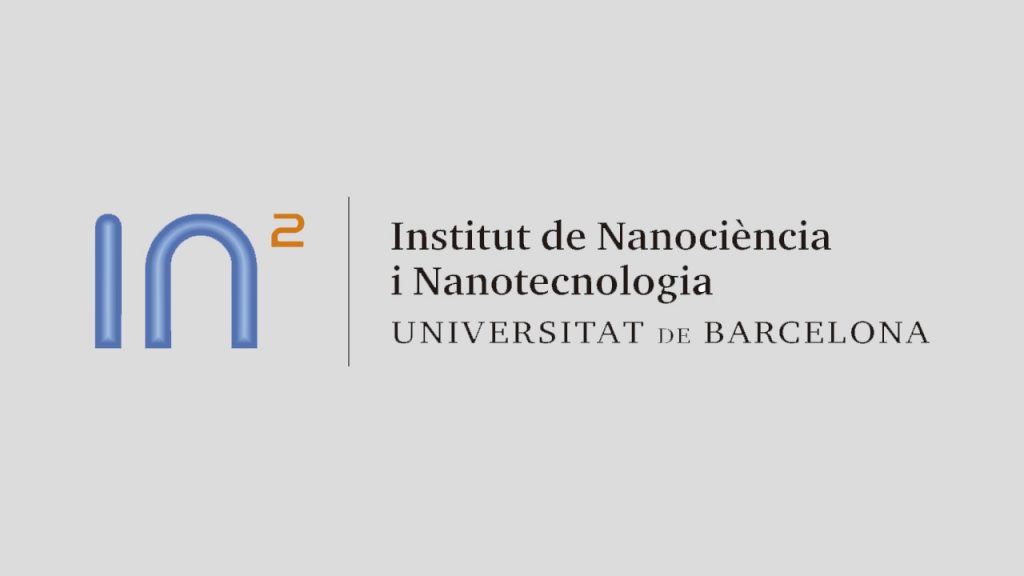Grups de recerca
Dates:
Horari:
Lloc:
Afegeix-ho a l'agenda (iCal)
How does a one dimensional organism keep time?
Joel Stavans (joel.stavans@weizmann.ac.il)
The Siegried and Irma Ullman Professorial Chair, Faculty of Physics, Department of Physics of Complex Systems. Weizmann Institute of Science.
Circadian clocks in unicellular phototrophic organisms are known to display remarkable reliability. In contrast, not much is known about how circadian clocks perform in a multicellular setting. Are clocks in multicellular cyanobacteria coupled and synchronized with one another through cell-cell communication, or are clocks entrained only by external cues? What is the spatial extent of synchronization? What is the role of cell-cell variations in copy numbers of molecules comprising the KaiABC core clock, demographic noise, in setting the temporal pattern and its robustness? To tackle quantitatively these and other questions, we studied the dynamics of a circadian clock controlled gene in Anabaena sp. PCC 7120, a multicellular cyanobacterium in which cells are arranged one after the other and coupled by protein channels, in a one-dimensional structure. Our real-time measurements, conducted at the single-cell level, showed significant synchronization and spatial coherence along filaments, and clock coupling mediated by cell-cell communication. We also studied clock array performance also in filaments of mutant backgrounds, in which cell-cell communication was perturbed by deleting key components of protein channels.
Furthermore, we found significant variability in expression between different cells along filaments. A stochastic one-dimensional toy model of coupled clock cores and their phosphorylation states shows that demographic noise can seed stochastic oscillations outside the region where deterministic limit cycles with circadian periods occur. The model reproduces the observed spatio-temporal coherence along filaments and provides a robust description of coupled circadian clocks in a multicellular organism, despite significant stochasticity in biomolecular reactions. The transition to multicellularity demanded coordination between clocks via cell-cell communication, to optimize fitness in the presence of significant demographic noise.





